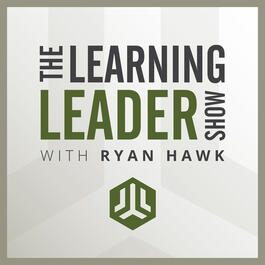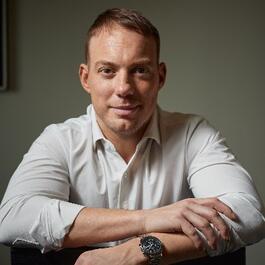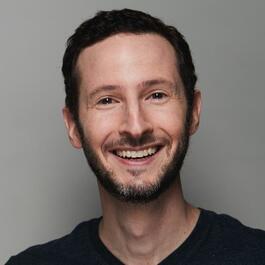
514: Jason Feifer - How To Embrace Change, Adapt Fast, Future-Proof Your Career, & Build For Tomorrow
Text Hawk to 66866 to become part of "Mindful Monday." Join 10's of thousands of your fellow learning leaders and receive a carefully curated email from me each Monday morning to help you start your week off right... Full show notes at www.LearningLeader.com Twitter/IG: @RyanHawk12 https://twitter.com/RyanHawk12 Jason Feifer is the editor-in-chief of Entrepreneur magazine. He is also the author of a great new book called, Build for Tomorrow: An Action Plan for Embracing Change, Adapting Fast, and Future-Proofing Your Career. Notes: Define yourself… What is your one sentence? Jason's is "I tell stories in my own voice." That's what he does as the editor-in-chief of Entrepreneur magazine. That's what he does when he writes books. Records podcasts… Everything. What is your one sentence? What do you do? How to lead through change – Remember... You've had time to think about it prior to the meeting, they haven't. Show some grace. Communicate why the change is happening and how it impacts them. And… "People hate new things, but they love better versions of old things." People hate loss. Remind them of what's staying the same, but getting better. In 1348, The Bubonic Plague happened... What occurred as a result? 60% of Europeans died. It led to an opportunity for employment. Prior to that, there were the rich and the poor. The rich had the poor work for them, but did not pay them money. "If a city isn't growing, it's dying. The same is true for people." In your career, "Don't ask for the opportunity... BE the opportunity." The Four Distinct Phases: Panic Adaptation New Normal Wouldn't Go Back The first thing a person should do when navigating change is to identify the thing about themself that is not going to change. This is tough because we naturally identify with the output of our work. If somebody at a party asks you what you do, you're either going to tell them your job title, your role, the way in which you do your work, or the thing that you create. And that's natural—it's a good way to understand ourselves. "We are programmed for loss aversion." "Build a bridge of familiarity from them to you." "That's something Ryan Reynolds told me. Ryan is an actor who also started an extremely successful advertising agency called Maximum Effort. He also owns Aviation Gin and Mint Mobile. Ryan told me that the thing that distinguishes people is not whether they're good at something at the beginning (because nobody will be good at something at the beginning), but rather whether someone can tolerate the natural state of being bad at the beginning. When trying something new, there cannot be an expectation of mastery from the start. "Can you tolerate being bad long enough to be good?" In front of you are two sets of opportunities. Opportunity Set A is everything that is asked of you, for instance showing up at your job, things your boss needs done, etc. It is necessary to do a good job at Opportunity Set A. Opportunity set B is everything that is available for you to do that nobody is asking you to do. This could also be at your job, but it could also be something outside of work like taking a class to learn a new skill. With every single thing you do, ask What is it for? This forces you to make sure that the things that you do have a valuable outcome. It's okay if that outcome looks strange, or if that outcome will come after some time working towards it. We want to know which things we should devote our time and energy to, and we want to understand how to maximize opportunities. Answering What is it for? clarifies that. So, What is it for? Content now is for relationships. People will trust you and like you because of your content. You build a relationship with people when you put something out into the world. Life/Career advice: Try, quit, and learn Life is a series of experiments
From "The Learning Leader Show With Ryan Hawk"




Comments
Add comment Feedback